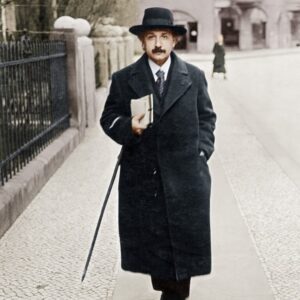![]()
Electronics For Quantum Communications
Points to note…
+ The focus here is on secure communication by means of entangled quanta (in the form of photons). This requires generating entangled quanta and sending one to the recipient while the other remains with the sender. The entangled quanta have special properties that are identical for both quanta. If a quantum is intercepted on the way to the recipient, and then fed back into the stream after manipulation, it loses the typical properties of the encrypted pair. Upon arrival at the recipient, the manipulation can be discovered by comparison with the quantum held by the sender.
The required electronics are currently built from individual components. If quantum communication is to become standard, however, the electronic components must be implemented in just a few circuits. Work is currently beginning on the first subcomponents, such as fast analog-digital converters (ADCs) together with the digital analysis electronics consisting of FPGA and DSP.
+ The system designs for quantum communication are complex electrical-optical systems. A complex optical setup with (semi-) transparent mirrors is required to generate entangled photons. Various electronic components are also required to control the photon source that must frequently operate at extremely short time scales.
+ The photons are often detected using single photon detectors. The achievable energy levels are very low, and electronic components are required for analyzing such low energy levels. Furthermore, the analysis electronics must operate with extreme speed – analysis rates in the GHz range are often required.
+ High-precision instruments are also required for measuring the arrival time of the voltage pulse from the single photon detector. Various mathematical methods are needed to recover the individual photon states in order to ensure that the received photon retains the same state as its counterpart held by the sender. Complex signal processors are used here, which are frequently designed as a combination of an FPGA and a DSP.
Source: Semiconductor Engineering. Andy Heinig, Electronics For Quantum Communications…
Content may have been edited for style and clarity. The “+” to the left of paragraphs or other statements indicates quoted material from “Source:” document. Boldface title is original title from “Source:” Italicized statements are directly quoted from “Source:” document. Image sources are indicated as applicable.

